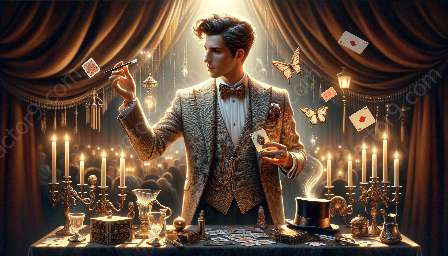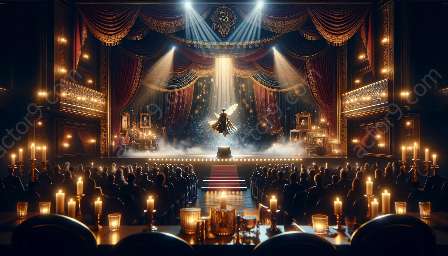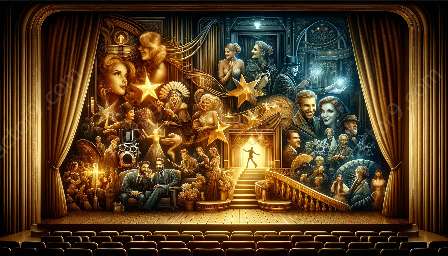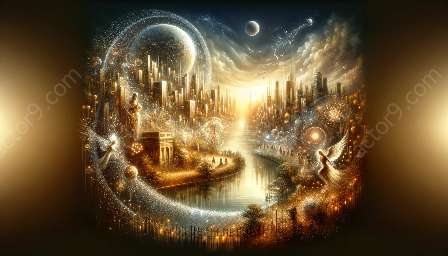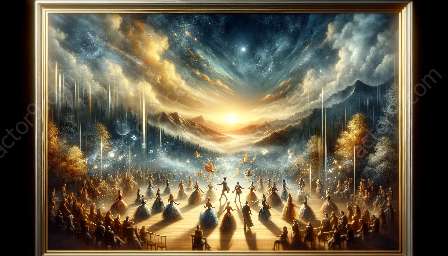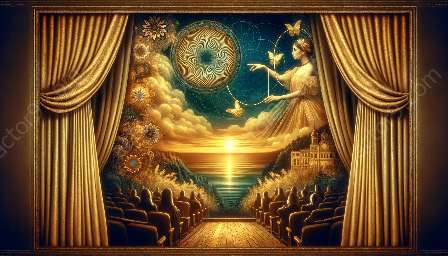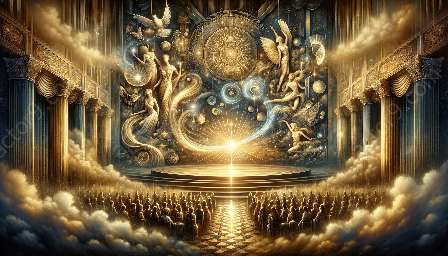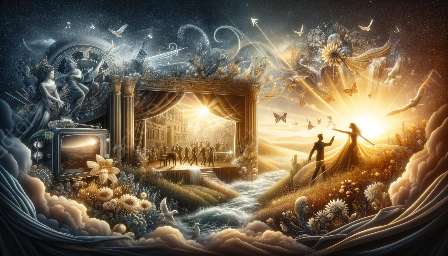Stage illusions are captivating and mesmerizing performances that have enchanted audiences for centuries. The art of magic and illusion is deeply rooted in the power of storytelling, as magicians and illusionists craft narratives that enhance the awe and wonder of their performances. In this topic cluster, we will explore the profound relationship between storytelling and the design of stage illusions, delving into the creative process, the impact on audience engagement, and the compatibility with the world of magic and illusion.
The Art of Stage Illusions
Stage illusions, also known as magic acts or illusions, are performances that aim to create the appearance of supernatural or impossible feats. From making objects disappear and reappear to defying the laws of physics, stage illusions seek to amaze and astonish audiences through visual deception and misdirection. The success of a stage illusion depends not only on the technical execution but also on the ability to engage and captivate the audience's imagination.
Storytelling as the Foundation of Illusion
At the heart of many successful stage illusions lies a well-crafted story. Storytelling forms the foundation of the illusion, providing context, purpose, and emotional connection for the audience. By weaving narratives into their performances, magicians and illusionists transform a mere spectacle into a captivating experience that resonates with the viewers on a deeper level.
Designing Illusions with Narrative
The process of designing stage illusions begins with the conceptualization of a story or theme. Whether it's a tale of mystery, suspense, or wonder, the narrative serves as the guiding force behind the creation of magical effects, props, and choreography. Every element of the illusion is carefully designed to align with the storyline, creating a seamless and immersive experience for the audience.
Enhancing Audience Engagement
Story-driven stage illusions have the power to engage the audience on multiple levels. Beyond the visual spectacle, a well-crafted story invites viewers to become active participants in the performance, sparking their curiosity and imagination. As the narrative unfolds, the audience is drawn into the world of the illusion, making the experience more compelling and memorable.
Compatibility with Magic and Illusion
The art of storytelling seamlessly intertwines with the realm of magic and illusion. Just as a skilled storyteller captivates their audience with words, a magician or illusionist enchants spectators with the artful manipulation of perception and reality. The fusion of storytelling and stage illusions allows for the creation of magical experiences that transcend the boundaries of traditional entertainment.
Captivating Audiences Through Narrative Magic
By incorporating storytelling into the design of stage illusions, magicians and illusionists can elevate their performances to new heights. The use of narrative magic not only enriches the emotional impact of the illusions but also fosters a deeper connection between the performer and the audience. Through captivating storytelling, illusionists can leave a lasting impression that lingers in the minds of spectators long after the curtain has fallen.
Evolution of Storytelling in Illusion Design
As the art of stage illusions continues to evolve, storytelling plays an increasingly vital role in the design process. Modern illusionists are pushing the boundaries of traditional magic acts by incorporating complex narratives, character development, and thematic arcs into their performances. This evolution not only raises the artistic caliber of stage illusions but also broadens the scope of magical storytelling as a form of expression.


